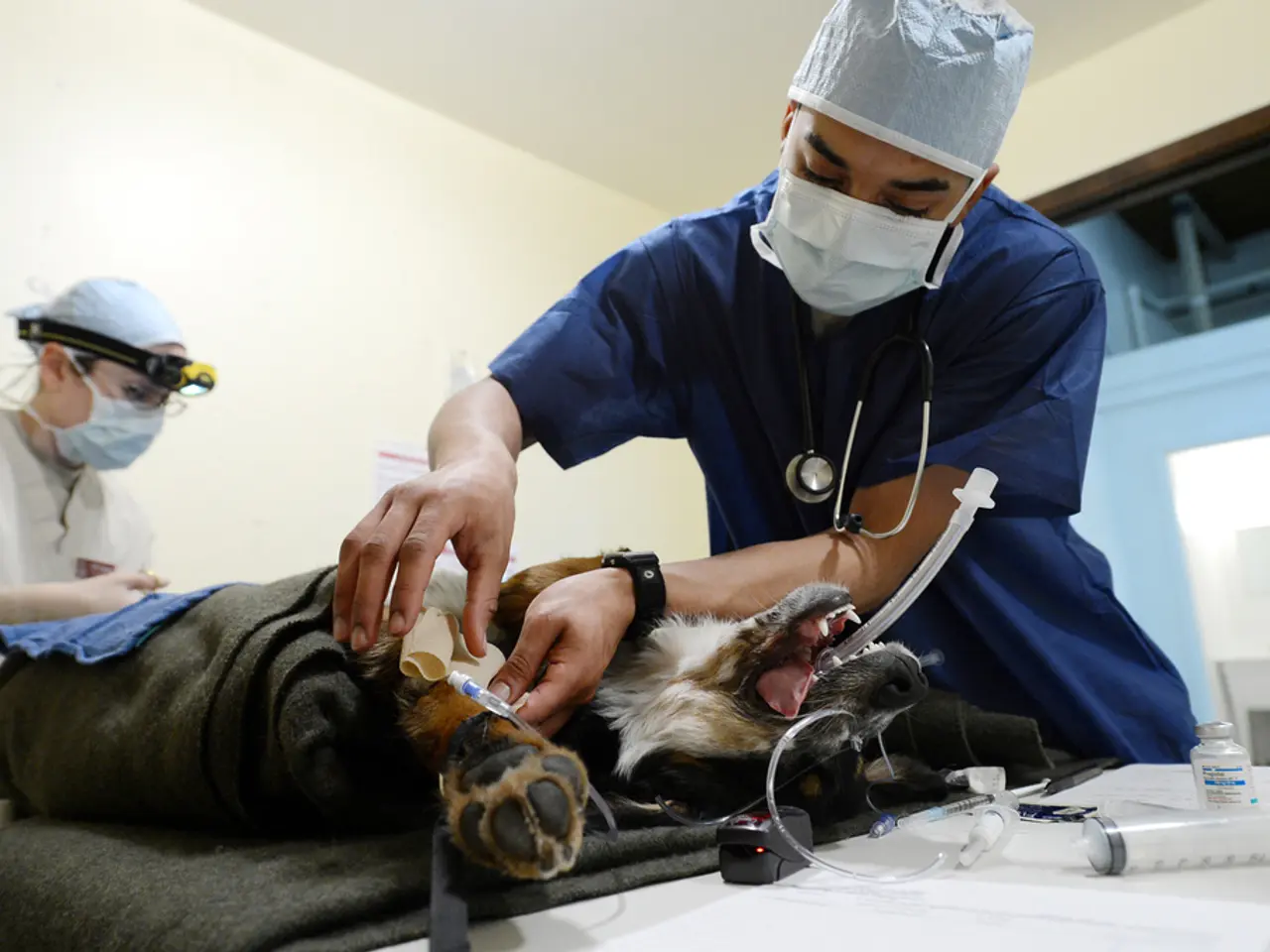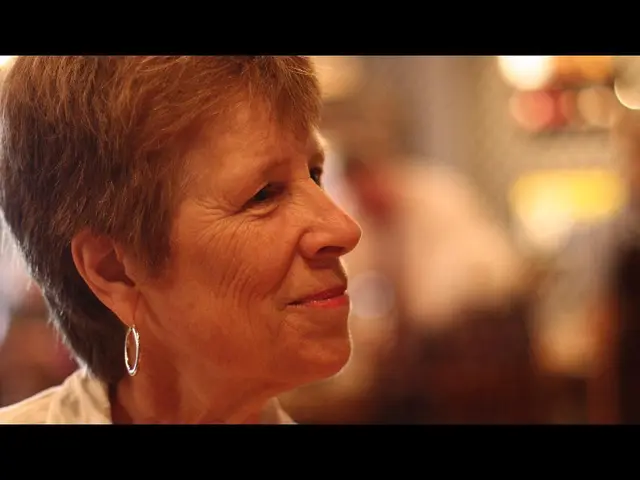Emergency Bleeding Management in Tumultuous Settings
In a recent webinar series, tactical care instructor and paramedic Scott King delved into the latest techniques and technologies for managing massive hemorrhage in challenging settings, such as battlefields or emergency trauma sites.
King began by discussing the importance of junctional injury management and the limits of field intervention. He highlighted the necessity of rapid, effective, and minimally invasive methods that can be applied in these environments.
One of the key advancements King discussed was the use of hemostatic materials with engineered properties. These materials, such as cryochemically engineered sponges with directional channels, promote clotting quickly and efficiently, making them ideal for hostile or prehospital environments where standard surgical tools are limited.
Minimally invasive hemorrhage evacuation techniques were another focus of the discussion. Techniques initially developed for intracerebral hemorrhage, like those described in the ENRICH trial, indicate a trend toward minimally invasive surgical approaches that remove hematomas with less trauma and quicker recovery.
King also touched upon integrated alarm and clamp systems, developed for hemodialysis vascular access, as potential inspiration for future technologies in hemorrhage control. These systems could provide early detection and automatic mechanical control of bleeding vessels, offering a significant advantage in trauma or battlefield conditions.
While the webinar series did not directly address battlefield hemorrhage control devices like tourniquets or junctional hemorrhage devices, established technologies remain essential. Current best practice in hostile environments employs combat application tourniquets (CATs), junctional tourniquets, and abdominal aortic and junctional tourniquet devices designed for rapid deployment to control extremity and junctional hemorrhage.
Modern hemostatic dressings impregnated with agents such as chitosan or kaolin and injectable hemostatic foams also play a crucial role in controlling severe internal and external bleeding when surgical control is unfeasible.
In the second part of the webinar series, King focused on the critical topic of massive haemorrhage control. He provided guidance on wound packing, addressing common mistakes and correct methods. He also covered the use of hemostatic agents and their recent changes, as well as their effectiveness and appropriate use.
King emphasized the importance of training, trust in equipment, and self-preservation under pressure. He advised on hostile awareness and tactical casualty care for UK Government, NGOs, and specialist responders. He also discussed tactical triage and decision-making in mass casualty incidents.
With over 22 years of experience in ambulance services, military instruction, and hostile environment training, King is well-equipped to lead this discussion. The webinar series is the first session of a series exploring hostile medicine in depth, with the Hostile Environment Medicine Course scheduled for June in Namibia. This course is open to UK Government, NGOs, and specialist responders, among others.
The Hostile Environment Medicine Course aims to complement the webinar series by providing a more in-depth exploration of hostile medicine. Uncontrolled bleeding remains the leading cause of preventable death in austere and high-threat settings, and this course aims to equip responders with the knowledge and skills to address this issue effectively.
For more information or to register for the course, please contact Scott King at [email protected].
- The Hostile Environment Medicine Course, scheduled for June in Namibia, will delve deeper into the topic of massive haemorrhage control, which was covered by Scott King in the first part of the recent webinar series.
- King highlighted the significance of training, trust in equipment, and self-preservation under pressure, emphasizing their importance for UK Government, NGOs, and specialist responders operating in hostile settings.
- To combat the leading cause of preventable death in austere and high-threat settings—uncontrolled bleeding—the Hostile Environment Medicine Course aims to provide participants with the necessary knowledge and skills in medical-conditions like massive haemorrhage, and to train them in the use of advanced courses, technologies, and equipment in health-and-wellness and medicine.




